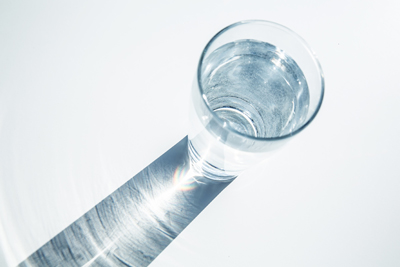Team Osol1
Presentation of the participants of the TUM DeSal Challenge 2016
 |
| Osol1 |
| Team leader: |
| Desalination technology: Single stage evaporation powered by solar thermal energy |
| Osol1 will be a convection driven system, relying on humidification and dehumidification. The main goal is to find a design, which enables as many people as possible to build up and drive a low cost, yet effective desalination system. Therefore it will be characterized by the following three points: First, the choice of materials: Osol1 will try to use mostly wood and plastics which are abundant and cheap. Furthermore, neither advanced tools nor special skills are needed to process them. Secondly, the functionality will be simple and intuitive. To archieve this goal, only concentrated solar power, gravitation and muscle power will drive the system. In particular there will be no electrical elements or parts which are sensible to mistreatment or environmental conditions. Finally a low price per liter distillate and day which means Osol1 will try to archieve the maximum output regarding the materials used, and also that additional parts will only be added, if they are expected to decrease the price per liter and day. |
| Institution: Technische Universität München |
| Ranking at the TUM DeSal Challenge 2016: 6 |





